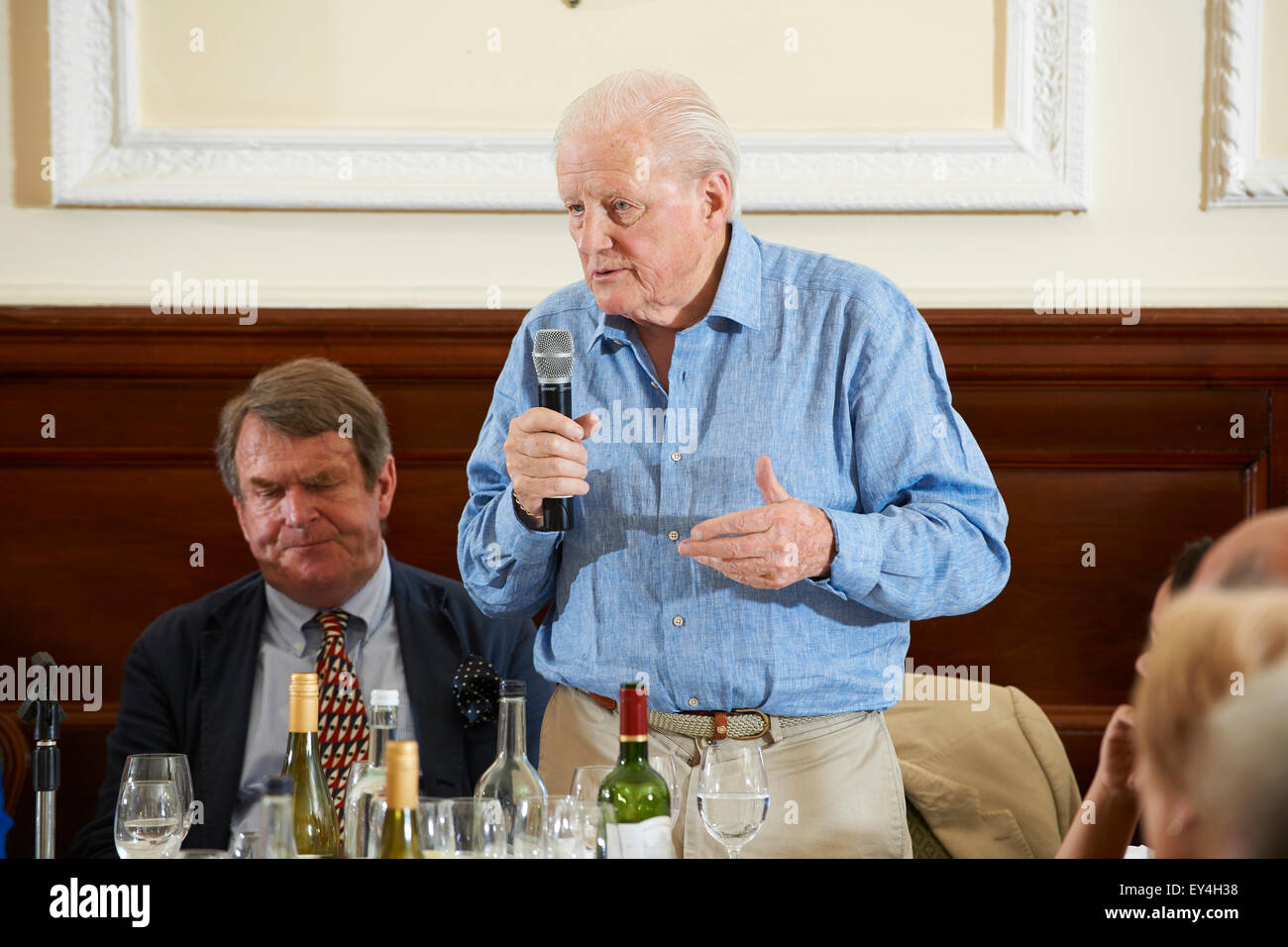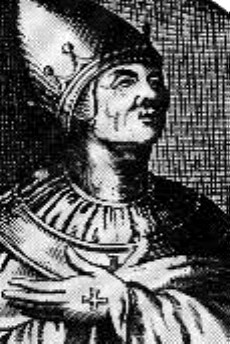
Not everyone is comfortable under this absolute monarchic rule. They may no longer be twinned with the other surviving absolute monarchy, Saudi Arabia, but the popes are one with the former absolute monarchs, now autocrats acting like monarchs, such as the sultans of Oman and Bahrain, and the emirates.

Now it’s not quite correct to call modern popes “absolute monarchs.” They haven’t been monarchs in the old fashioned sense since Paul VI gave up the crown not long after his coronation in 1963. In his informative and frequently entertaining history, he offsets the tedium threat of one pope after another with light anecdotes, witty asides or a quote from the master, Edmund Gibbon.

Too little, and the historians, historians manqué and seminarians have no footnotes to fuss over. Too much detail (“the passionately Monophysite Empress Theodora”) and the average erudite reader reaches for the latest Donna Leon novel. he remained relatively obscure” seen as neither “handsome nor remotely charismatic.” Pius XI (1922-39) was “an autocrat through and through, bigoted, reactionary, and inflexible.” Pius XII (1939-58) was an “icy autocrat.”Īs it is, in his fine but unkind Absolute Monarchs, Norwich confronts the same challenge all histories of the papacy face: taking aim. No temporal monarch ever surrounded himself with more ceremonial.” Benedict XV’s (1914-22) pontificate “was doomed before it started. Leo XIII (1878-1903) is “respected and revered, but not loved. Norwich is fun: He has Pio Nono (Pius IX, 1846-78) arrive as a liberal and depart infallible.

O what a gift John Julius Norwich “would gie us,” had he written a 500-page history of the popes over the past 150 years, rather than about most of them over the past 2,000 years.

ABSOLUTE MONARCHS: A HISTORY OF THE PAPACY


 0 kommentar(er)
0 kommentar(er)
